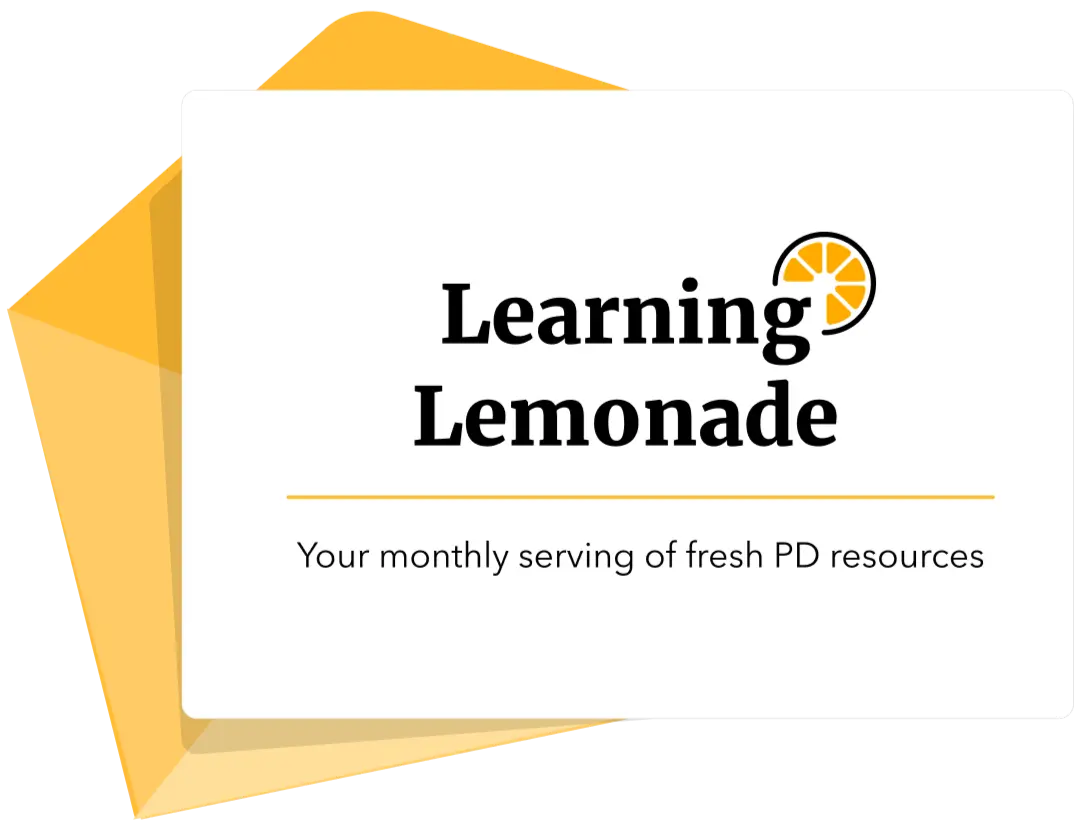Reviewing Assessed Student Work | First steps for MYP candidate schools
Summative assessment is an important part of the learning process. It is an opportunity for students to show what they have learned and an opportunity for teachers to provide feedback to students
Collecting samples of assessed student work will show that teachers have started to use the MYP criteria to monitor and report student progress towards the MYP objectives. Moreover, you can demonstrate that you have used different types of assessment to track student learning.
What you need to know
The main thing to keep in mind when evaluating students’ work is that it is a criterion-referenced assessment. Rather than evaluating summative assessments with numerical or percentage scores, tasks are evaluated with assessment criteria that have corresponding descriptors. One way to understand what criterion-related assessment is (and isn’t) is to consider the difference between qualitative and quantitative assessment data.

In order to qualitatively assess the MYP objectives, each objective has associated descriptive criteria that can be used to evaluate students’ work. Using descriptive criteria to monitor and assess students’ progress is known as criterion-related assessment.
Throughout the MYP rubrics, you will notice the use of command terms.

These usually appear in bold in MYP publications. The command terms have specific definitions that help to clarify exactly what is expected at each level of achievement.
What’s required for authorization
Your school will need to submit at least 3 samples per subject, ideally from different grade levels. Collectively, those 3 samples should cover all four criteria for that subject. Note that samples from the arts must also include the process journal. Refer to Designing Assessment Tasks | First steps for MYP candidate schools for more information about designing assessment tasks to monitor students’ learning.
Professional learning activities
Here are some ideas for activities you and your teaching teams can engage in to get to grips with reviewing assessed student work! You’ll find a mix of collaborative as well as individual activities suggested here; choose the ones that best fit your needs and schedules!
| Topic | Format | Outline |
| Getting to Know the Command Terms | Collaborative | Print a copy of the Command Terms Posters; make extra copies of pages 5 and 6 so that there’s one copy for every 6-8 people. Working in grade level groups, have each group organise the generic command terms (pages 5 and 6) in order from least to most cognitively demanding. Display the Command Terms section of the Clarifying expectations for students section of the Guide to MYP Assessment. With reference to the graphic, discuss: – How does the choice of command term affect how students respond? – How can command terms help us to describe/evaluate the quality of students’ work? In subject groups, teachers can then compare the rubrics for their subject guide with the command term definitions on the posters. Reflect: – What is expected of students to reach the highest level of achievement? – How might we revise our tasks so that the expectations are more clear? – How might we revise our units so that the expectations are more attainable? |
| Clarifying expectations for students | Asynchronous | In preparation for this activity, ask each subject-group leader (or one teacher from each subject group) to provide a brief description of an assessment task, including the MYP criterion that could be used to assess it. Print the selected MYP criteria on large sheets of paper and post them in a central location, such as the staff room. Send teachers the link to Clarifying expectations for students in Guide to Assessment in the MYP to read. Teachers can then try adapting the rubric for their subject group by annotating the rubric and observing the annotations left by their colleagues. |
| Developing rubrics to assess student work | Individual | Have teachers select an MYP assessment task that they are developing With that task in mind, teachers can follow the step-by-step instructions in Building Rubrics for Authentic Assessments (pages 18 to 48) to develop a rubric |
Using criterion-referenced summative assessment is a great way to ensure that assessment is authentic and meaningful. It makes assessment fairer because the criteria are shared with students in advance, so they know what is expected of them in any given task. It also makes supports effective formative assessment because students and teachers get descriptive feedback about the quality of their work.
This blog is part of a series designed especially for candidate MYP schools. Click here to view the complete series!
Other resources you might like to explore:












